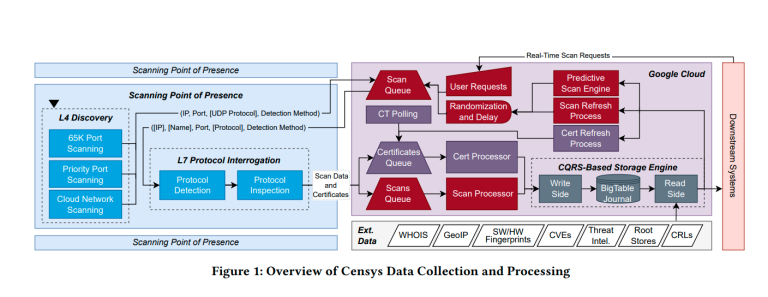

Many people will not instantly associate “theater” when they hear the word “technology”. The theater is a place that relies heavily on its human element: a group of individuals who must collaborate to create something wondrous and beautiful for the audience.
However, technological advances have changed that human-centric perception, especially over the past few years. The theater has benefited from technological advances in countless ways. In most theatrical productions, technology plays a role in set design and performances.
Tech can help an actor reach the far corners of a large theater or assist a set designer in creating stunning backdrops and props.
This article will help you understand the synergies between theater and technology and how recent theatrical production has relied on specific technologies.
The theater is an art form that always stays in style and inspires people of all ages. If you are interested in becoming a theater student, consider taking acting classes in Sydney.
The Effects of Technology on Theater
The theater has always reflected the society that produces it. The modern stage production is only possible with the use of advanced technology.
A modern theater is where lightning, mechanical devices, and other tools and techniques work together to create an environment unlike anywhere else. The process of change and development has always been active and continued since the 1980s introduced computer technology.
Audiences are usually impressed with clear sound, fantastic lighting, and similar effects. Technology has changed how actors, designers, and students learn about acting.
The use of innovative techniques and up-to-date devices can help theater remain competitive.
To gain a better understanding of how technology impacts theater, here are some specific technologies that are improving theatrical experiences for audiences:
1. Enhancing lighting design in theater
Since the beginning of theater, lighting designers have been finding ways to enhance performances by manipulating natural and artificial light sources.
Today’s advances in lighting technology have created new possibilities for both stage and movie productions. LED (light emitting diodes) and digital lighting have had an essential impact on theater.
2. Improving sound quality
Although sound advancements have been well-documented in ancient theatrical productions, significant developments were made in the 20th century. Sound design technology has dramatically improved the quality of speaker systems and microphones.
3. Appealing visual designs in theater
Visual design may not be the most critical aspect of performance. Still, there have always been set designers who strive to make their stages more visually appealing to draw audiences into an experience.
The theater has become more visually dynamic due to the introduction of such innovations as modern lighting and video. The use of automation and 3D printing have made it possible to create increasingly complex visual stage designs.
The Impact of Technology on Creativity and the Arts
The audience’s enjoyment of a performance is enhanced by technology that makes it possible to hear and see actors more clearly, creating a genuine connection. Some of the benefits that technology can provide to the theater include the following:
1. Broadening the appeal of theater to the masses
Theater has entertained audiences for centuries with its stories, characters, and settings.
The theatrical world has been affected by the development of new technologies. As a result, it has allowed plays to reach an unprecedented number of people.
Fans can now access musicals through live-streaming services and online platforms, eliminating the need for those far away to travel to see a show.
Technology has also allowed people to learn about new plays and find those that might appeal to them personally. There is a play to suit the taste of everyone, from comedy and drama buffs to fans of musicals.
2. Theater uses lighting and sound technology to enhance the theatrical experience.
In theater production, stage lights and sound equipment create an illusion for viewers.
Using technology, musicians and other performers can create a more interactive experience. A simple change in lighting or a shift in music can greatly alter the mood of a scene.
3. 3D printing speeds up the process of prop design.
Most lead designers for theatrical props require a scale model to be built to preview the set for a theatrical play. Before, building a preview set meant hours of cutting and gluing together piles of foam core which is time-consuming.
With 3D printing, people can design their sets online and have plastic prototypes made. This practice saves time and effort, especially in an industry that operates on tight deadlines.
The theater is a place where mixing science and art come together. Theaters can stimulate minds, express emotions, and inspire people to achieve new levels.
This combination and synergy between theater and technology will move everyone forward into the future of entertainment.






